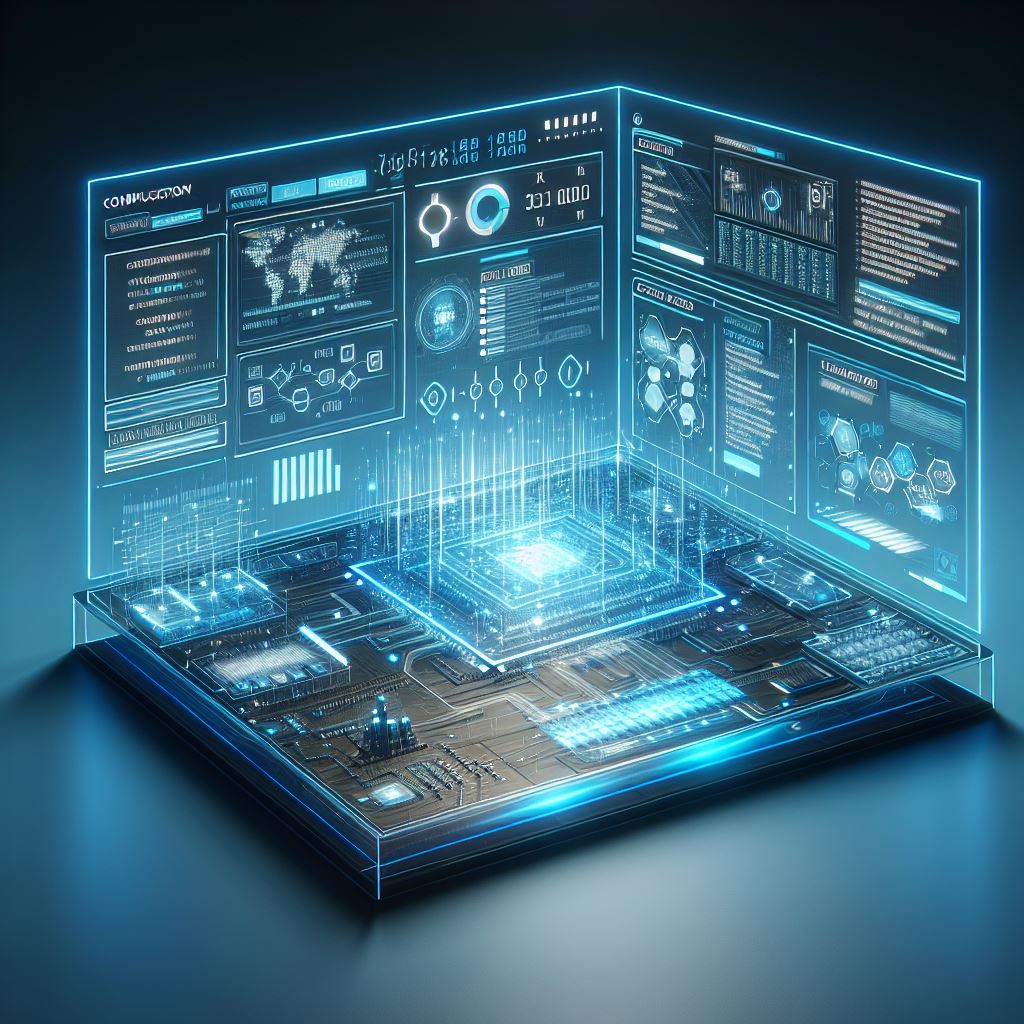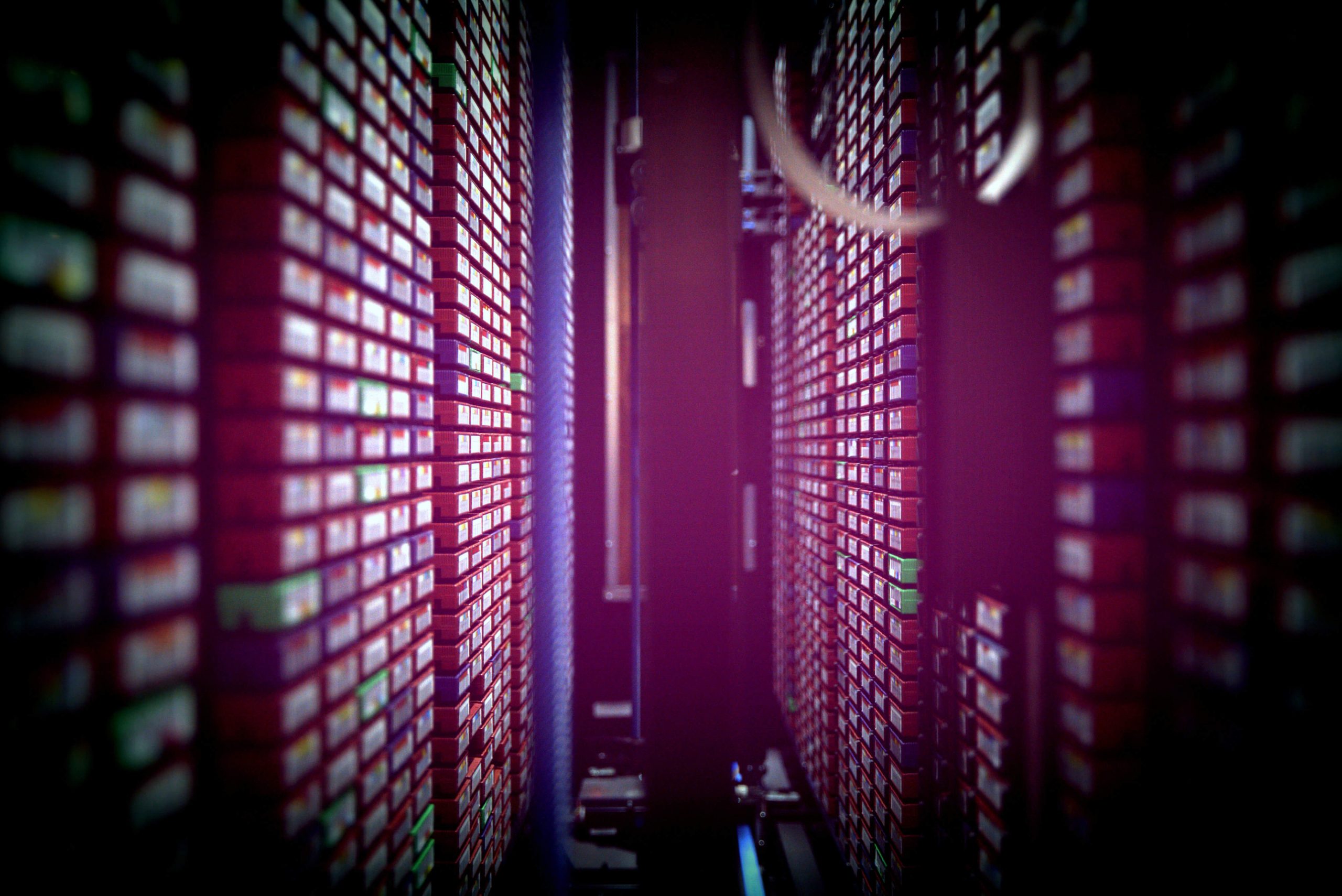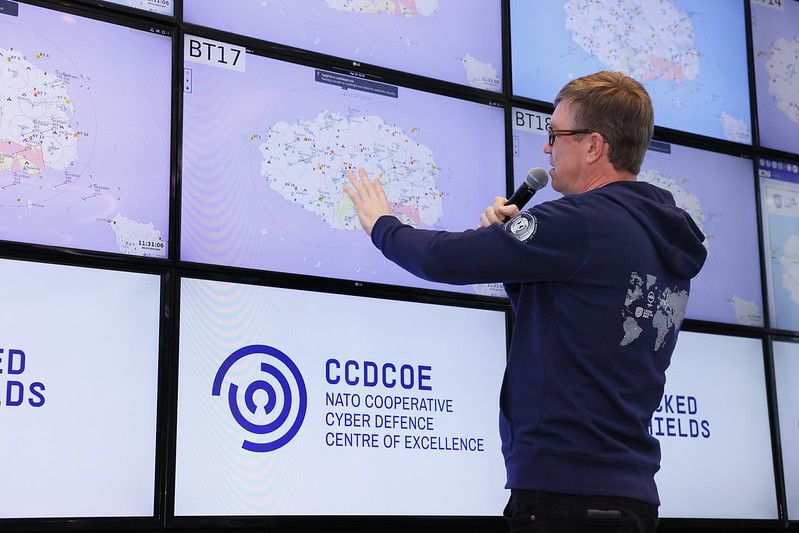The AI revolution is in many ways reminiscent of the earlier Industrial Revolution. The introduction of steam power radically changed the organization of society in the 18th century. AI has similar potential. However, it is not just a milestone in the development of technology, but is a shaper of future global geopolitical and economic power lines. So, the race between the USA and China is about much more than first place in technological development. Whoever wins the race takes all. Europe has also reacted decisively so as not to miss the train.
Artificial Intelligence Factory
An AI Factory is an organizational and technological framework that aims to enable companies or institutions to systematically, scalablely and efficiently develop, deploy and manage AI-based solutions. It is like an AI production line, where an idea is quickly transformed into a ready-made and functional AI product or service that can be implemented in real business processes.
The AI Factory combines several components:
Data management – collecting, cleaning, labeling, and managing high-quality data that forms the basis for training artificial intelligence models.
Model development – creation, testing and validation of artificial intelligence models according to business needs.
Automated workflows – partial or complete automation of work processes from data entry to model deployment.
Iterativity and continuous improvement – an artificial intelligence factory enables continuous updating and improvement of models using new data and feedback.
Scalability – the ability to implement solutions in different business areas and large-scale environments.
Collaboration infrastructure – an artificial intelligence factory brings together parties with different roles, such as data scientists, developers, industry specialists, and business leaders, to ensure a holistic and efficient development process.
The artificial intelligence factory is not only a technical solution, but also a management model that fosters innovation, creates reusable components, and reduces the time and costs of developing and deploying AI solutions.
This model is often used by large companies and government agencies that want to take their data-driven decision-making and service delivery to the next level. A successful AI factory helps transform AI from experimentation into a daily, value-creating practice for a company or organization. Large companies that use AI factories to manage their daily workflows include Netflix and Uber.
The European Commission has decided to build 13 artificial intelligence factories in Europe in 2025-2026. According to Commission President Ursula von der Leyen, they will turn Europe into an “Artificial Intelligence Continent” by the end of the decade. The artificial intelligence factories will be located in Europe’s leading science and technology centres. Several of them will be equipped with brand new world-class supercomputers. Estonia, Finland, the Czech Republic, Denmark, Norway and Poland are members of the LUMI artificial intelligence consortium, whose support centre is located in Kajaani, Finland. Estonian scientists and companies can use the factory’s services through the Estonian Scientific Computing Infrastructure (ETAIS). Estonia also plays a role in organising the factories’ work, as Waldur, a software developed at the University of Tartu, is used to share computing resources. The first factories will start operating this year.
EVERYTHING YOU NEED TO TRAIN AND TEST MODELS
Artificial intelligence factories bring together all the components needed to develop large-scale, reliable and ethical artificial intelligence models – computing power, data and human talent. These factories operate on the same principle as conventional factories. Each factory prepares the data necessary for the development of an artificial intelligence application, compiles algorithms, trains and tests the model. In addition, the factory’s customers are provided with training, technical support and the computing power necessary for training and testing the model. The entire application production chain is automated as much as possible to accelerate the time to market and reduce the risk of human error.
Factories are needed by all companies and researchers who want to industrialize their AI solutions. The factory’s customer base is certainly not limited to chatbots and generative AI creators. Companies operating in a wide range of fields could benefit, from robotics and automotive to the humanities. However, each factory has a slightly different focus: for example, in Italy, the focus is on agriculture and cybersecurity, while in Luxembourg, the focus is on space science and finance.
Artificial intelligence factories are necessary to increase Europe’s competitiveness and boost innovation. Low innovation and the resulting lack of added value are also the strongest obstacles to the development of the Estonian economy. European researchers and industrial innovators can already use local supercomputers when working on data-intensive projects. The launch of artificial intelligence factories will make the development and deployment of technology even easier. Large computing power is open not only to large players, but also to small companies.
The cost of the factories is nearly €2 billion. Half of this amount will be financed through the Digital Europe and Horizon Europe programmes, with the other half contributed by member state governments. €2 billion may seem like a huge sum, but it will have to be spread across several projects.
USA AND CHINA – WHO IS WHO?
In January, US President Donald Trump, along with the CEOs of OpenAI, Softbank and Oracle, announced a $100 billion investment in the Stargate project. This is the largest artificial intelligence infrastructure project in history. Stargate plans to build about 20 high-capacity data centers in the US. The resulting infrastructure should allow the development of artificial intelligence applications that would perform economically important tasks better than humans and enable new scientific discoveries. “China is a competitor. We have an emergency, we have to build them,” Trump noted when introducing the Stargate project. Over the next four years, the funding is planned to be increased to $500 billion. In essence, Stargate instantly made the European artificial intelligence strategy look ridiculous.
However, the question arises, is the exorbitant cost really necessary? Earlier this year, a small Chinese startup called DeepSeek shocked the world with a language model that is as good as OpenAI and Google’s models. This achievement is extraordinary because the model was developed with an astonishingly low cost and DeepSeek did not use state-of-the-art US chips. The DeepSeek case confirms that strict export controls on chips do not hinder China’s progress. As a result, the market value of US technology companies fell by more than a trillion dollars in just one day. DeepSeek showed that a state-of-the-art language model can be built with minimal resources. This was an important lesson for pioneers like OpenAI.
The Chinese government plans to achieve a leading role in the field of artificial intelligence by 2030. To this end, it is actively investing in research and development, artificial intelligence infrastructure and education. For China, the field of artificial intelligence is a strategic priority for the country. Europe’s position is made more uncomfortable by the fact that an alliance between China and Russia in the field of artificial intelligence is looming on the horizon. Namely, Russia’s largest bank – Sberbank – intends to cooperate with Chinese scientists in the field of artificial intelligence, including initiating military projects. This is a sign of deepening ties between the two countries.
EUROPE RESPONDS WITH GIGATFACTORIES
According to a report by Stanford University, by 2024, 40 influential AI models will have been created in the US, 15 in China and only 3 in Europe (all of them in France). Thanks to huge investments, the US has gained a lead over Europe in AI that will not be easy to regain. Europe lacks ambition and unity. Building AI factories is a step in the right direction, but it may not be enough to stay competitive. In the US, the private sector is the main investor in AI development, while in the European Union, most of the money comes from government agencies. From a historical perspective, public sector investment has been far from successful. Moreover, the funding for AI factories pales in comparison to the amounts spent by private companies on developing the technology. Microsoft alone recently invested €4 billion in data centers in France.
Stargate was a fire alarm for Europe. It signaled that we need to think big, prioritizing technological sovereignty. At the Paris summit in February, Ursula von der Leyen presented an unprecedented €200 billion support plan for the development of artificial intelligence. A tenth of this amount will be used to build up to five artificial intelligence gigafactories. Gigafactories are extremely powerful data centers that specialize in training only the most complex and largest artificial intelligence models. Each gigafactory has nearly 100,000 processors at its disposal, four times more than a typical artificial intelligence factory. This is expected to lead to major breakthroughs in healthcare, biotechnology, industry, robotics and science. The longer-term goal is to ensure that Europe leads the way in artificial intelligence.
ENVIRONMENTAL ISSUES AND OTHER CHALLENGES
Computing power is of no use if there are not enough scientists, engineers and experts who know the technology and can use it. US technology companies are eager to attract European specialists to their fold. As a result, Europe lacks companies that can apply supercomputers to successful business models. One of Europe’s challenges is therefore the need to invest in AI education.
Europe’s strict laws and regulations are slowing down innovation. We need more flexibility in healthcare and other sectors where AI can save lives. US Vice President JD Vance refused to sign the Declaration on Inclusive and Sustainable Artificial Intelligence at the Paris Summit, arguing that excessive regulation could stifle innovation. The UK delegate also refused to sign.
When talking about AI applications, we cannot help but dwell on environmental issues. Navigation systems, e-commerce, machine translation and streaming are just a few examples of everyday products and services that require a lot of computing power to develop and use. The larger the AI model, the more chips are needed to train and operate it, and the higher the electricity costs in the data center. ChatGPT alone uses as much electricity per day as it takes to charge eight million mobile phones. The electricity demand of Europe’s AI infrastructure could increase by 160% by 2030, exceeding the current electricity consumption of the entire country of Spain. Looking to the future, Europe will have to find a compromise between staying competitive and meeting climate goals. It is also worth asking whether the European electricity grid can cope with supplying gigafactories.
The situation in the US is no better. It is estimated that by 2028, US data centers will consume 12% of the country’s electricity. However, there is hope that the expansion of data centers will pave the way for the development of a sustainable artificial intelligence infrastructure. In addition, more and more attention is being paid to model training techniques that consume less energy.
The production of chips for artificial intelligence systems has also drawn some criticism. The rare earth metals used in processors come largely from Southeast Asia, where labor practices are often reprehensible. Mining for tungsten and tantalum contributes to deforestation, soil erosion, and water pollution. The lion’s share of cobalt comes from the Democratic Republic of Congo, where mines are marred by unsafe working conditions and child labor.
Despite the bottlenecks, the European Union, the United States and China all have the ambition to become the world leader in artificial intelligence. They all have a corresponding action plan. The global race for artificial intelligence continues, and the finish line is not yet in sight.
Ülar Allas
Consultant at the University of Tartu Research Computing Center
Published in Postimees 18 April 2025





